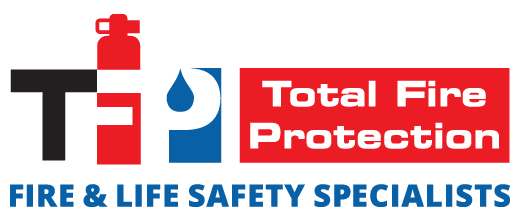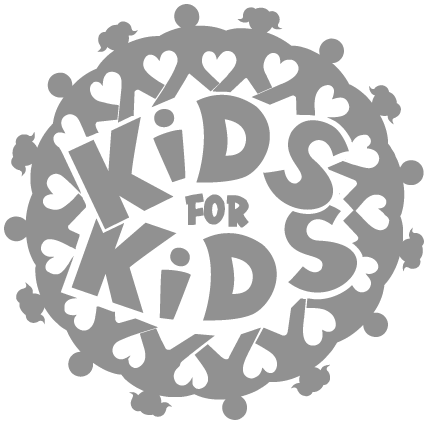 As a building or facilities manager, your top priority is maintaining a comfortable and safe environment for everyone who steps foot in your building. To help you accomplish this, the National Fire Protection Association (NFPA) created an eight-point Fire & Life Safety Ecosystem.
As a building or facilities manager, your top priority is maintaining a comfortable and safe environment for everyone who steps foot in your building. To help you accomplish this, the National Fire Protection Association (NFPA) created an eight-point Fire & Life Safety Ecosystem.
Once you incorporate each element of the ecosystem into your fire and life safety strategy, you’ll have a balanced and effective formula for ensuring all of your building’s occupants receive maximum fire and life safety protection.
Below we’ll discuss what the NFPA Fire & Life Safety Ecosystem is, what its eight elements are, and how to use the Ecosystem assessment tool.
What is the NFPA Fire & Life Safety Ecosystem?
The NFPA Fire & Life Safety Ecosystem is a fire safety checklist used to minimize risk and help prevent loss, injuries, and death from fire, electrical, and other hazards.
The Fire & Life Safety Ecosystem features eight essential components. These components work in concert to ensure complete protection for all of your occupants. If any component is neglected, the entire Ecosystem is in jeopardy, creating major fire and life safety risks. According to the NFPA, nearly all life safety injuries, incidents, and tragedies can be traced back to a missing Ecosystem component.
The Ecosystem’s Eight Elements
1. Government Responsibility
Government’s responsibility to enact and enforce effective policies and regulations that support fire, electrical, building, and life safety. However, it is your responsibility as a building or facilities manager to closely follow and enforce those regulations at your building. The NFPA states that following fire safety requirements is proven to reduce fires and associated losses, especially in the United States.
2. Development & Use of Current Codes
To keep the Fire & Life Safety Ecosystem functioning, you also need to stay updated on the latest codes and standards developed by the NFPA and their experts worldwide.
This can be a challenge as there are 300+ NFPA codes and standards to be aware of. And these codes and standards are continually updated to reflect evolving safety needs and technologies.
Need help keeping up with evolving fire safety codes and requirements?
TFP’s consolidated services can ensure your building automatically stays updated with all national and local fire codes, AHJ regulations, and NFPA standards. Learn more.
3. Referenced Standards
In addition to codes, keeping up with the NFPA’s referenced standards is essential for protecting your building’s occupants. You will also want to be familiar with the NFPA International Building Code (IBC) and International Fire Code (IFC).
4.Investment in Safety
According to the NFPA, investing in safety does not end with purchasing the latest fire safety equipment and services. It also includes investing in education. Use NFPA Link and attend the annual NFPA Conference to learn the newest fire safety strategies from the world’s foremost experts.
5. Skilled Workforce
While educating yourself, you need to train your building’s fire and life safety staff to apply the codes and standards mentioned above. If not, your building’s fire safety systems may fall out of compliance, and the Ecosystem ceases to work. You can keep your team updated with the latest fire and life safety methods with these NFPA courses.
6. Code Compliance
While staying updated on the latest fire and life safety codes, you also need to understand them and enforce them in your building. The NFPA Handbooks are great resources that reveal the intent behind each code or standard. They also provide pictures, diagrams, and case studies that drive home the essential takeaways for each requirement.
7. Preparedness & Emergency Response
A crucial component of the NFPA Ecosystem is serving the needs of emergency responders to ensure they can do their jobs as effectively as possible.
Does your building have complete and updated emergency preparedness kits ready in the event of a natural or man-made disaster?
TFP offers customized emergency preparedness kits filled with items that best suit the needs of emergency responders and your facility. Learn more.
8. Informed Public
The final component of the Ecosystem is educating the public about fire, electrical, and related hazards. This means sharing information about how and why fires start with your coworkers, friends, and family. You can find easily shareable and consumer-friendly fire safety content from the NFPA here.
The Ecosystem Assessment Tool
Now that you know the Ecosystem’s components, you’re probably wondering if your building satisfies these components and ways you can improve.
The Ecosystem Assessment Tool helps you do just that by asking you yes or no questions based on the eight components. When the assessment is complete, it provides you with a score of green (excellent), yellow (good), fair (orange), or red (poor). You will also receive a downloadable report with more details on how your building fared.
With the eight components, several NFPA resources, and a way to assess your building’s fire safety readiness, your facility is on its way to a safer and more prepared future.
But there is leg work that must be done daily to uphold the Fire and Life Safety Ecosystem in your building. You must be vigilant in keeping up with the NFPA’s latest codes and standards, understanding them, and applying them correctly to all of the fire safety systems and equipment throughout your building.
Thankfully, you can ensure your building satisfies the NFPA’s eight components and latest codes by aligning with an experienced fire safety partner like TFP.
For over 20 years, TFP has helped hundreds of facility and building managers just like you gain peace of mind that their entire building is up to code and all of their occupants are protected by providing consolidated fire and life safety services.
Our consolidated services empower you to bundle all of the fire safety services and products your building needs without having to manage multiple vendors. This includes constant compliance with all national and local fire codes, AHJ regulations, and NFPA standards. And bundling comes with incredible time and cost savings. Learn more about our consolidated fire and life safety services here.





